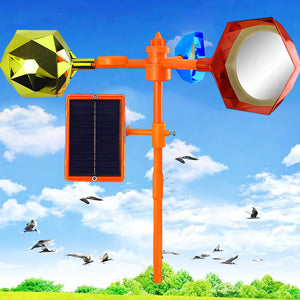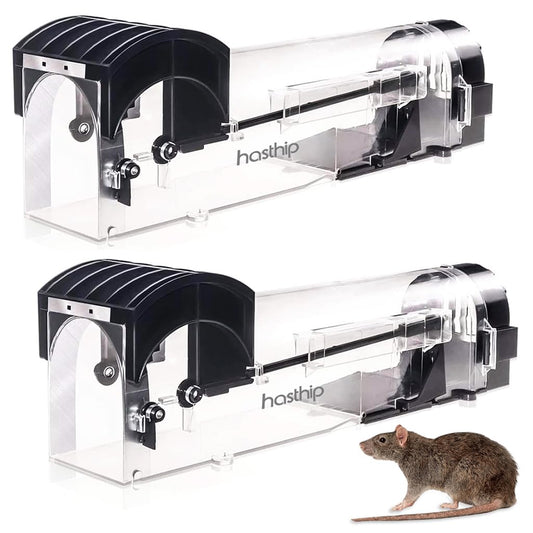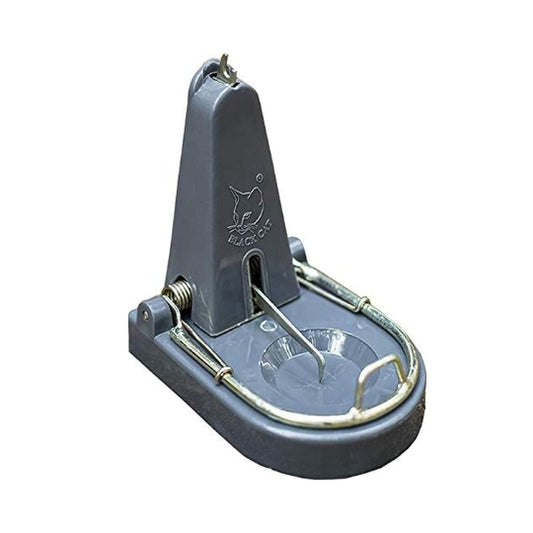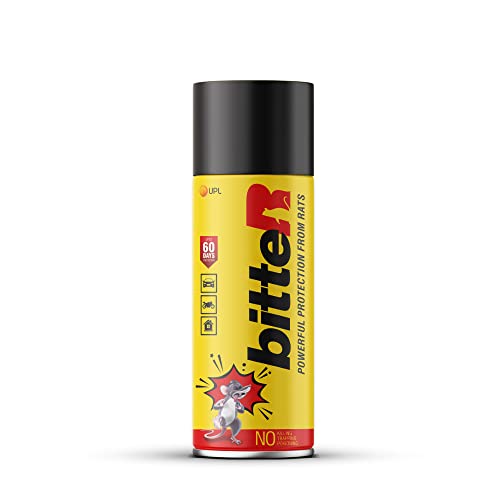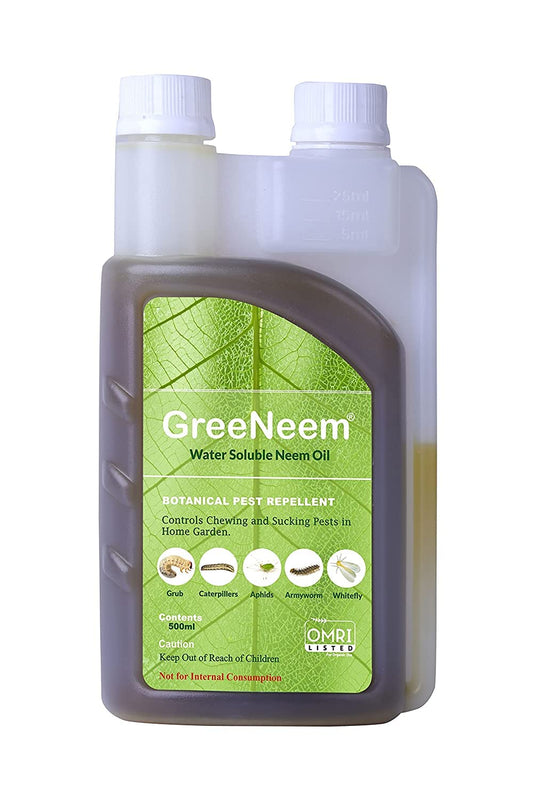
Start Beekeeping Today!
Share
Starting a beekeeping business from scratch can be a rewarding venture for Indian farmers, offering opportunities for additional income, environmental benefits, and sustainable agricultural practices. To embark on this journey, follow these steps:
-
Gain Knowledge and Expertise: a. Attend Beekeeping Training Courses: Enroll in beekeeping training programs offered by government institutions, agricultural universities, or reputable beekeeping organizations. These courses will provide you with fundamental knowledge about bee biology, hive management, honey extraction, and pest control.
b. Seek Practical Experience: Seek opportunities to gain hands-on experience by working with experienced beekeepers in your area. Observe their practices, ask questions, and learn from their expertise.
-
Establish Your Apiary: a. Choose a Suitable Location: Select a location that is away from human habitation, water bodies, and potential sources of pesticide contamination. Ensure the area has ample flowering plants and access to a clean water source.
b. Acquire Beehives and Equipment: Purchase beehives, frames, hive tools, protective gear (veil, smoker), and honey extraction equipment. Consider starting with a manageable number of hives to gain experience and expand gradually.
c. Obtain Bee Colonies: Source bee colonies from local beekeepers, beekeeping cooperatives, or specialized bee supply companies. Choose healthy colonies with a strong queen and an active workforce.
-
Manage Your Beehives: a. Regular Inspections: Conduct regular inspections of your beehives to monitor their health, detect any issues, and ensure the queen is laying eggs.
b. Seasonal Maintenance: Adapt your hive management practices to the changing seasons. Provide adequate ventilation during hot weather and insulation during cold conditions.
c. Pest and Disease Control: Be vigilant about pests and diseases that can affect your bee colonies. Implement pest control measures using approved methods and seek veterinary assistance if necessary.
-
Harvest and Process Honey: a. Harvesting Honey: Harvest honey when the frames are fully capped and the honey is ripe. Use appropriate hive tools and containers to minimize honey loss and maintain quality.
b. Honey Processing: Process the harvested honey to remove impurities, strain it, and package it in clean, sterilized containers. Label your honey with accurate information about its source, date of harvest, and storage instructions.
-
Market and Sell Your Honey: a. Develop a Brand: Create a unique brand identity for your honey, emphasizing its quality, origin, and unique characteristics.
b. Explore Marketing Channels: Identify potential markets for your honey, including local farmers' markets, online platforms, specialty food stores, and direct-to-consumer sales.
c. Comply with Regulations: Obtain necessary licenses and permits for food production and sales, and adhere to food safety regulations to ensure the quality and safety of your honey products.
-
Seek Support and Networking: a. Join Beekeeping Associations: Connect with local beekeeping associations to network with experienced beekeepers, learn from their expertise, and access resources.
b. Seek Government Assistance: Explore government schemes and subsidies available to promote beekeeping and support sustainable agricultural practices.
c. Attend Workshops and Seminars: Participate in beekeeping workshops, seminars, and conferences to stay updated on industry trends, new techniques, and market developments.







